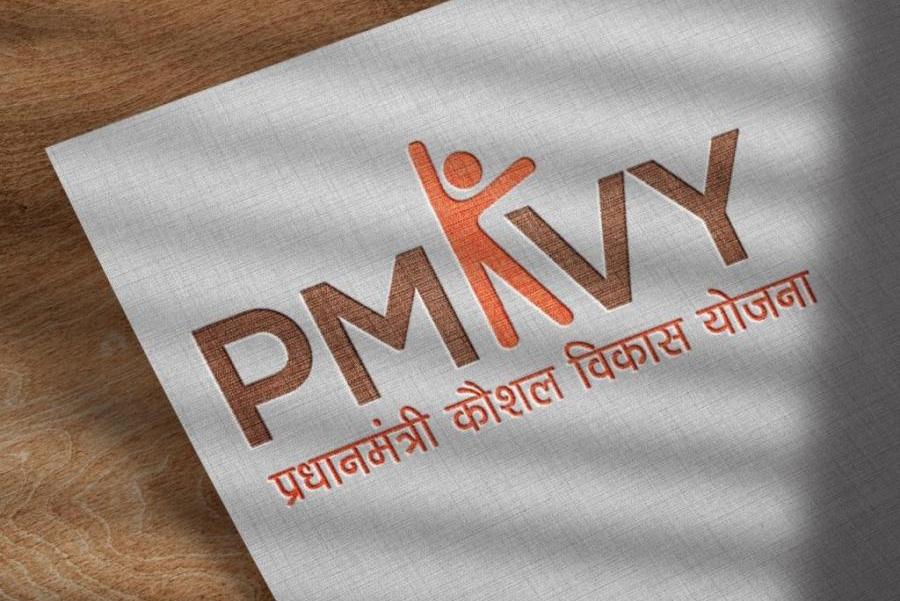Gender equity has long been a central tenet of workplace discourse, yet progress remains uneven—especially in sectors dedicated to social impact. Despite an increasing number of women entering the workforce, leadership roles in the development sector continue to be dominated by men. EquiLead’s latest research lays bare this disconnect: while women make up a significant share of the social sector workforce, only 31% of organisations have a majority of women in leadership roles. Structural barriers, implicit biases, and weak implementation of DEI policies hinder true progress.
In this article, Anchal Kakkar, from the Founding Team of EquiLead, explores why the development sector—tasked with driving inclusive change—must take the lead in closing the gender gap. She outlines actionable steps organisations can take to transform good intentions into lasting impact, from reimagining leadership pipelines to creating safer, more equitable workplaces. With data-backed insights and clear recommendations, she makes the case for translating intent into tangible, measurable change—one policy, one culture shift at a time.
Bridging the Gender Gap in the Development Sector: Promises to Action
For decades, boardrooms and workplace policies have echoed the promise of gender equality. However, despite notable progress, the numbers, as per a recent study done by Equilead in the development sector, tell a different story. Women remain underrepresented in leadership roles, workplace biases continue to persist, and diversity initiatives often struggle to move beyond lip service. Research has consistently shown that companies with gender-diverse leadership have better retention, innovate more effectively, and cultivate stronger workplace cultures. Even so, the gender gap persists. The urgency is clear-the question is no longer why gender equity matters but rather how organisations can urgently translate commitment into tangible, lasting change.
Understanding the Gender Gap
The corporate world today boasts an increasing number of women entering the workforce, but the reality is that their representation diminishes as one moves up the hierarchy. According to EquiLead’s latest research, only 31% of organisations in the social impact sector have a majority of women in their leadership roles. The infamous ‘leaky pipeline’ phenomenon remains a major challenge, as shown with supplementary data that highlights that the workforce in the social impact sector consists largely of women, but with many women exiting the workforce or being overlooked for senior positions due to structural barriers and implicit biases.
Organisations often claim to support diversity, yet 43% of surveyed firms lack affirmative action policies for women or gender minorities. Furthermore, 50% of companies do not conduct Diversity, Equity, and Inclusion (DEI)-focused training, and nearly 38% fail to provide safe travel assistance for women employees working late hours. These gaps highlight a stark reality: while intent exists, execution is inconsistent, and policies often fail to address systemic challenges.
Why the Development Sector Must Take the Lead in Closing the Gap
The social sector cannot afford to treat gender equity as a secondary priority. In an era where investors, consumers, and employees demand accountability, it is imperative to integrate gender-equitable policies into core business strategy. The business case for gender diversity is not just well-documented; it's a potential goldmine. McKinsey’s research shows that companies with diverse executive teams outperform their less diverse counterparts by 25% in profitability. Beyond financial gains, organisations with gender-inclusive cultures benefit from higher employee retention, better decision-making, and a more engaged workforce.
Despite this, significant gaps still exist even among firms working directly with women-centric causes. EquiLead’s findings reveal that a substantial number of organisations working in the gender advocacy and development space still lack basic policies that go beyond government-mandated laws like Prevention of Sexual Harassment (PoSH) guidelines or maternity benefits such as caregiving leaves irrespective of gender or an intersectional lens in hiring. If companies genuinely seek to bridge the gender gap, they must move beyond generic diversity statements and focus on real, measurable action. It's time to shift the focus from rhetoric to results.
Concrete Steps to Drive Meaningful Change
While the challenges are significant, organisations have the power to change the landscape of gender inclusion. Companies can adopt specific, actionable strategies to create truly inclusive workplaces.
1. Establishing stronger leadership pipelines
Organisations must actively invest in structured mentorship and sponsorship programs to support women's advancement in leadership roles. Unlike mentorship, which provides guidance, sponsorship involves influential leaders advocating for women’s career growth by creating promotions and leadership training opportunities.
2. Embedding DEI in corporate DNA
DEI should not be an annual workshop, but a continuous practice embedded into the company culture. This includes leadership sensitisation programs, unconscious bias training, and robust anti-discrimination policies. Firms must move beyond traditional diversity programs and integrate Diversity, Equity, and Inclusion (DEI) into performance metrics and corporate goals.
3. Addressing the pay and opportunity gap
Pay transparency and structured promotion criteria are crucial to ensuring gender equity. Organisations must commit to conducting regular pay equity audits and eliminating gendered task segregation, which often places women in support roles with fewer growth opportunities.
4. Creating workplace policies that support women
Maternity and parental leave policies must be expanded to create a supportive environment for working parents. Flexible work arrangements, caregiving support, and mental health resources must become the standard, not the exception. A progressive approach, such as EquiLead’s recommendation for gender-neutral ‘self-care leaves’ (which allow menstruators and non-menstruators alike to take necessary time off), ensures fairness without creating resentment.
5. Building a safe and inclusive work environment
Workplace safety extends beyond PoSH policies. It's about creating an environment where everyone feels safe, valued, and empowered. Organisations must provide safe travel options for employees working late, ensure robust physical safety measures in the office, and actively foster an environment where women feel empowered to voice their concerns without fear of retaliation. Companies can also establish internal grievance committees with diverse representation to foster trust and accountability.
6. Normalising diverse leadership styles
Corporate structures often reward traditionally "masculine" leadership traits, such as aggression and risk-taking, while undervaluing qualities like collaboration and emotional intelligence, which are frequently associated with women leaders. Recognising and valuing different leadership styles ensures that women are not forced to conform to outdated norms to succeed.
7. Expanding networking and visibility for women
Women often face barriers to networking, which limit their access to high-profile projects and promotions. Companies should actively create platforms that enable women to connect with senior leaders, participate in high-stakes projects, and gain exposure to key decision-makers. EquiLead’s research highlights that well-structured ‘Network Sponsor Programs’ can significantly accelerate the career advancement of women.
From Pledges to Progress
It is no longer enough for corporates to say they support gender diversity. The real test lies in their ability to implement policies that remove systemic barriers and drive meaningful progress. While closing the gender gap will take time, each initiative contributes to the progress towards parity.
The future of corporate success is inextricably linked to gender equity. The most forward-thinking companies will embrace this reality, not just as a compliance requirement but as a fundamental business strategy. The call to action is simple: less rhetoric, more results. It is time to turn commitments into measurable change.
















.jpg)




